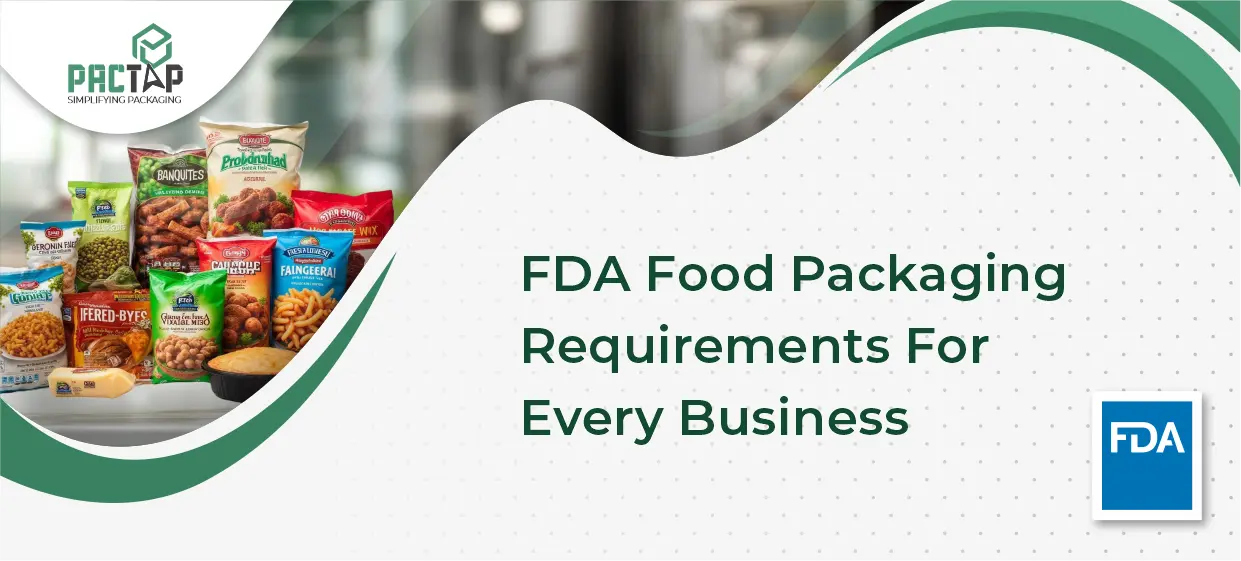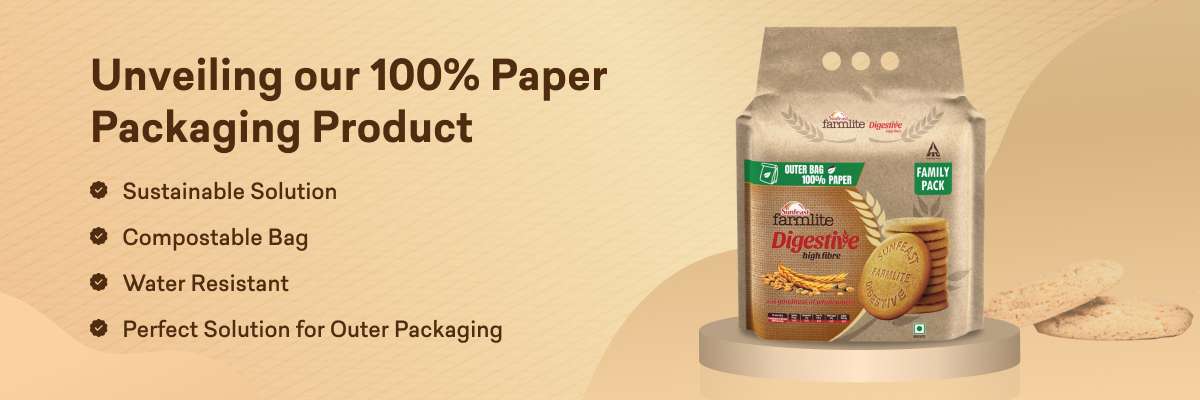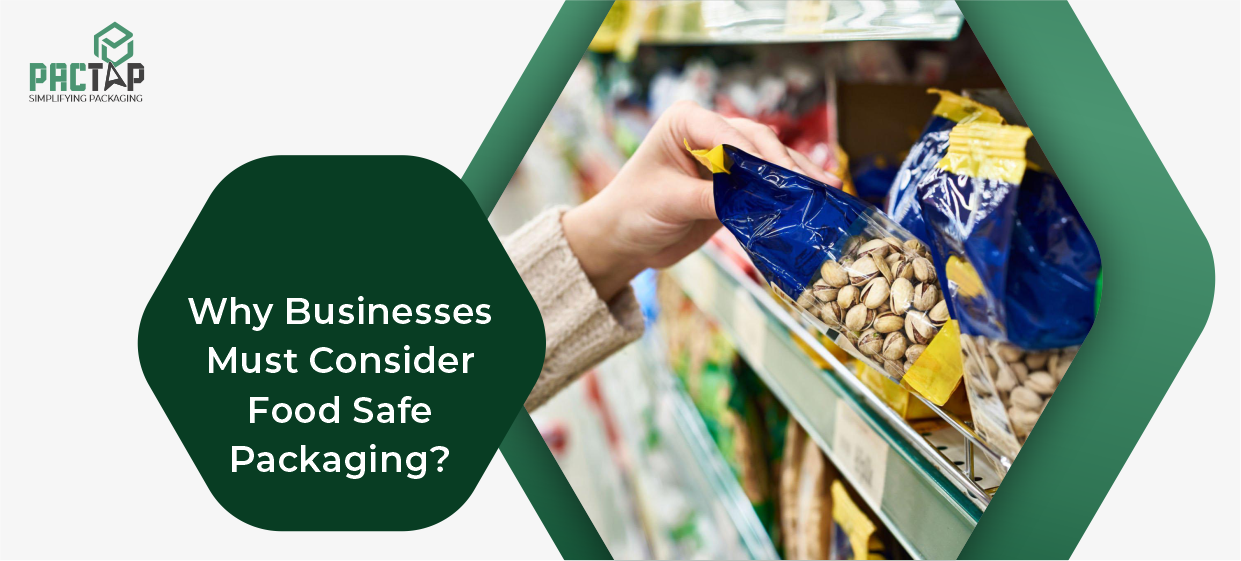The U.S. Food and Drug Administration (FDA) has strict food packaging and labeling guidelines. These guidelines must be followed to ensure safety for consumers and the quality of food products. Companies need to understand FDA food packaging requirements to avoid obstacles to compliance and quality considerations. Find below the list of FDA food packaging requirements.
Essential FDA Food Packaging Requirements
Packaging is the first thing a consumer looks at when purchasing food products. An attractive color scheme or other design may catch a buyer’s eye. Moreover, if buyers consider packaging aesthetics and material, manufacturers must consider safety by determining what packaging materials are used for food and beverages. The FDA listed a few packaging requirements to be mentioned:
1. Ingredients
Food packaging must list all the ingredients that pose a health risk. These manufacturers also use easy-to-understand names rather than using technical terms. The ingredients list should also include how many additives, preservatives, colors, and flavors were used. This allows people to make wise choices about what they consume. The FDA mandated this to protect those with allergies and sensitivities while allowing everyone to avoid eating things that can risk their health.
2. Allergens
According to the FDA regulations, major food allergens such as milk, eggs, fish, shellfish, tree nuts, peanuts, wheat, and soybeans must be identified. These allergens must be made clear as part of the ingredient list, or with a separate statement reading “Contains the following allergens” below the ingredients. Adequate allergen labeling helps prevent potentially life-threatening allergic reactions by ensuring that vital information is easily visible to those sensitive to food allergens.
3. Net Quantity
Food labeling must specify how much food it contains by net quantity or amount. The net weight is in U.S. customary units (ounces or pounds) and metric (grams or kilograms). The amount must be stated on the principal display panel at the bottom of the package and appropriate for the product. In some cases, it must be expressed as a count of items, such as the number of donuts, cookies, and/or other items. Declaring quantity in this way helps consumers compare products and understand exactly how much they purchase.
4. Nutrition Facts
The nutrition facts label offers accurate information about the nutritional content of a food product. It provides calories, serving sizes, and essential nutrients. These nutrients include details about fats, carbohydrates, proteins, cholesterol, fiber, sodium, sugars, and other vitamins or minerals. It should also follow a format in the FDA food packaging guidelines, like the font size, the order of information, and spacing. However, recent updates by the FDA highlight the need for actual consumption 5. patterns. This further helps consumers to make healthier choices.
5. Expiration, Sell-By, Best-Before Dates
The “Best By,” “Use By,” or “Sell By” dates should be on all food product packages so there is an indicator of food quality and freshness. These dates help retailers and assist consumers with food safety issues. Moreover, these dates provide a timeline for the product quality until it becomes unsafe to eat. It is also mandatory for manufacturers to define what their dates mean.
6. Health claims
Any health claims on food packaging must adhere to strict FDA regulations and scientific evidence. Such claims connect nutrients and foods with a reduced risk of any disease or health condition. For example, the connection between fruits and vegetables and cancer risk can be included. Additionally, the FDA has categorized these claims as qualified, structure/form, and health claims. Thus, using false or misleading health claims is strictly prohibited, protecting consumers from unfair marketing practices.
7. Information panel
The information panel appears on the right of the food packaging, following the principal display panel. This whole area contains information such as ingredients, manufacturer details, nutritional information, and allergen details. All data needs to be presented using appropriate texts and background. Also, ensure the minimum size of the font for readability. It further helps consumers in making an informed decision.
8. Statement of Identity
A food package must prominently display a statement of identity that tells what the product is about. This statement appears on the display panel in an easy-to-understand language. For instance, qualifying phrases must be adequately explained if the product resembles another food but differs somewhat from it. This will help consumers to identify products and understand what they are purchasing.
9. Manufacturer or Importer Location
The name and address of the manufacturer, distributor, and packer must be mentioned on the food labels. This information includes street address, city, state, and zip code. It ensures accountability and provides customers with correct source information if they have concerns about the product.
10. Common name
Food product labels must use common names to identify the nature of the food. It is essential because customers must easily recognize the product rather than use unfamiliar terms. Additionally, when there is a standard of identity for food, the product must meet those standards or modify the name in such a way to indicate the differences. Common names help consumers find the difference between similar products.
To Sum Up!
The FDA food packaging requirements maintain accurate information, ultimately allowing consumers access to undisclosed allergens, products, and nutritional value. Manufacturers are still held accountable by the FDA food packaging requirements and must uphold credibility.
As food production evolves, these regulations change to balance food industry innovation and consumer safety. Therefore, proper labeling on the food packages must offer the correct information. This is to build trust among consumers.





